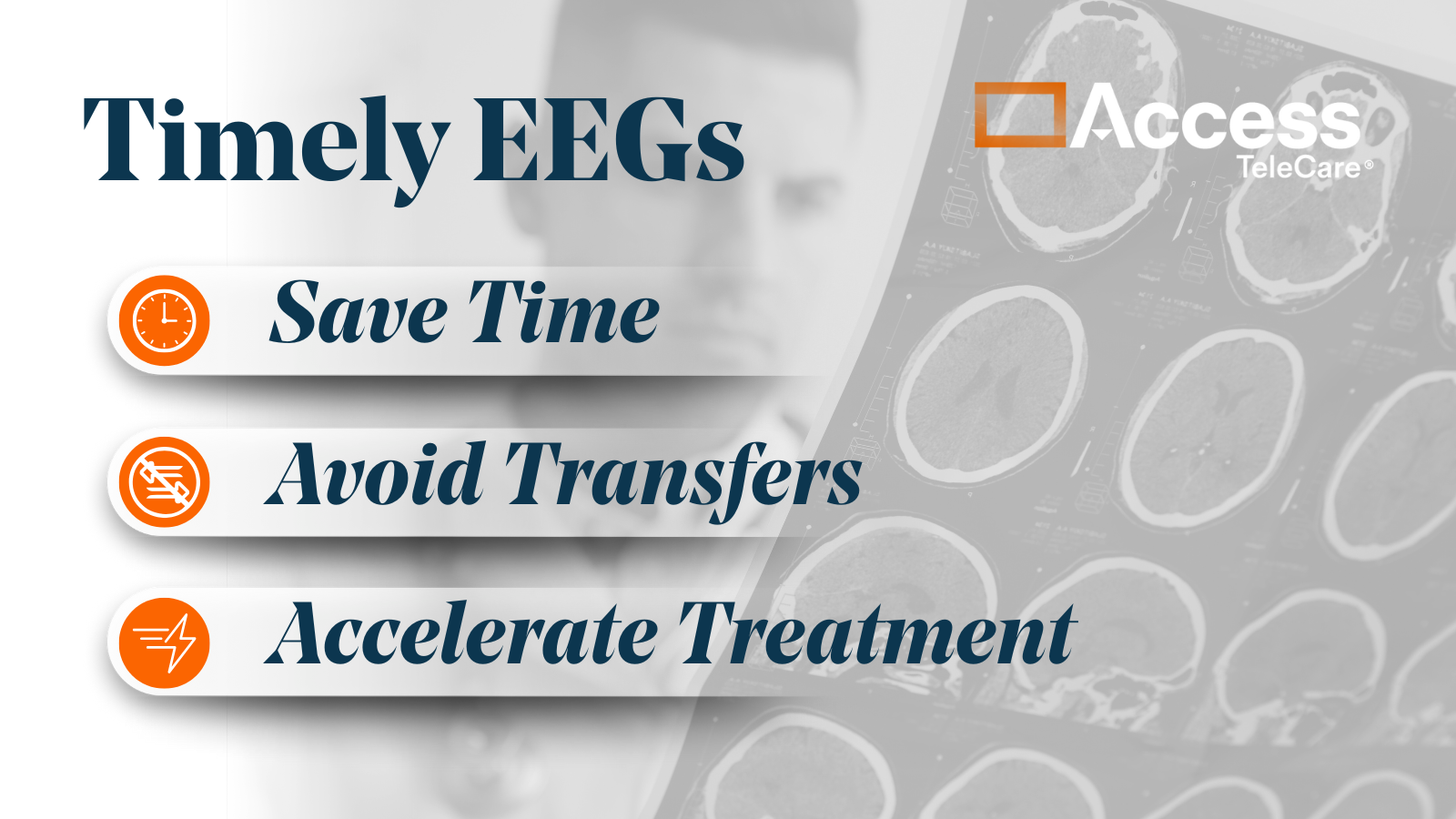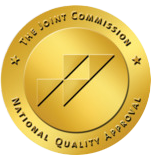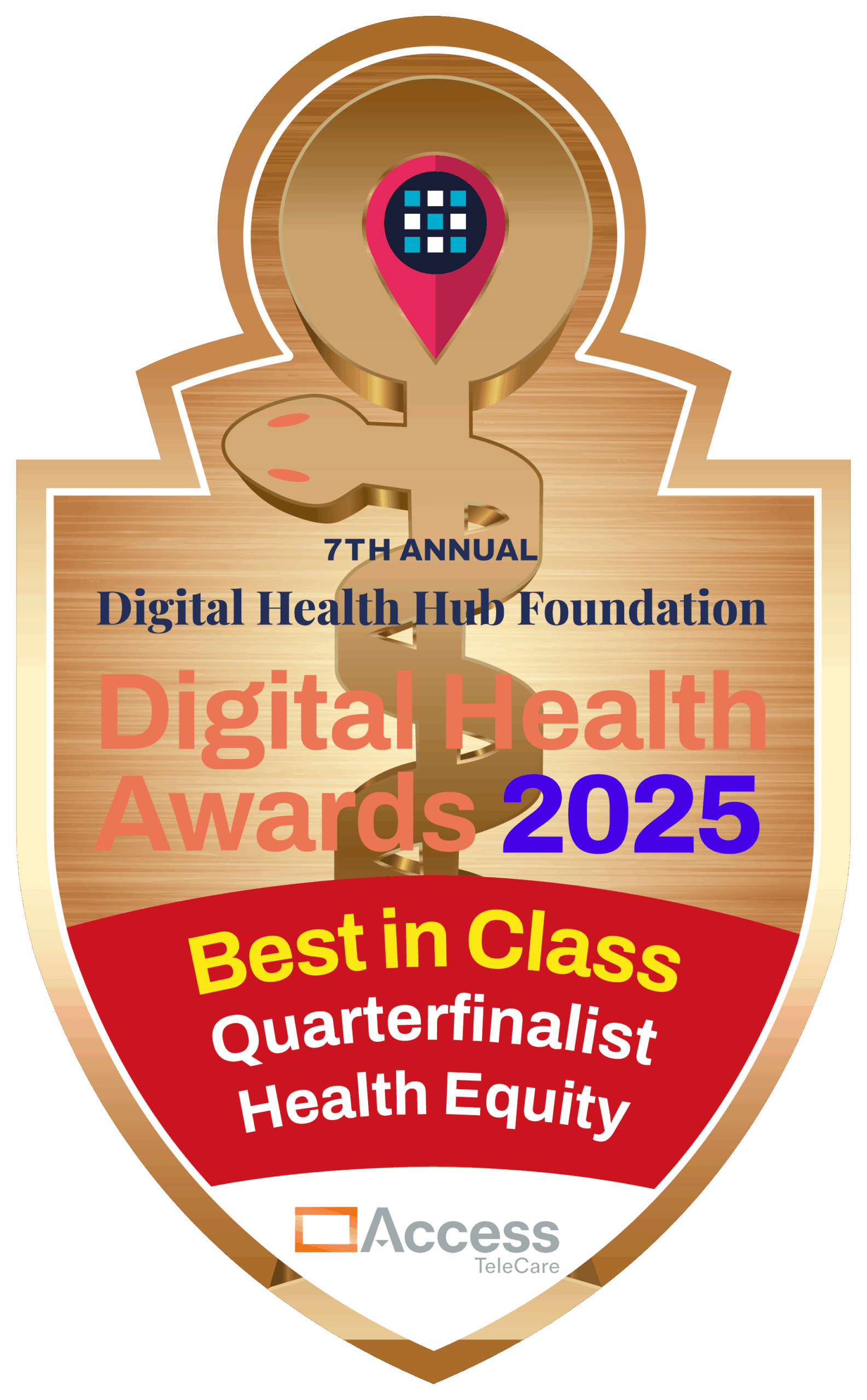Recent research confirms what we see every day in our partner hospitals, teleStroke isn’t just a fallback — it’s a critical advantage. A cohort-study titled “Reperfusion Treatment and Stroke Outcomes in Hospitals With Telestroke Capacity” (2008–2017) found that patients who show up at hospitals with stroke telemedicine were “more likely to get reperfusion treatment [thrombolysis or thrombectomy] and have lower 30-day mortality” than matched patients at hospitals without. PubMed
What the Latest Data Adds
- A 2024 meta-analysis, “Is Telestroke More Effective Than Conventional Treatment for Acute Ischemic Stroke?”, reaffirmed that telestroke achieves comparable — and often superior — patient outcomes, particularly in thrombolysis rates.
- Another study, “In-Hospital Stroke Protocol Outcomes Before and After Implementation of Neurological” Assessments by Telemedicine, showed that adding stroke telemedicine tools to hospital workflows meaningfully reduced door-to-treatment and assessment times, improving the speed of care.
How Access TeleCare Moves the Needle
At Access TeleCare, we’ve built teleStroke programs that don’t just plug a gap — they integrate into hospitals’ stroke workflows to make care faster, more reliable, and more effective.
- Transfer reductions: Keeping more patients in their communities instead of moving them to distant facilities. In one such case, we were able to help six hospitals in Tennessee cut their neurologic transfers by 60 percent after adding out teleNeurohospitalist program.
- Timeliness: Reductions in door-to-needle (DTN) time and “call-to-screen” metrics, making sure stroke care starts sooner. At Hendrick Health, we consistently keep their door-to-needle times under 45 minutes, with recent cases as low as 34 minutes.
- Workflow integration: TeleNeurologists working within in-hospital systems — EHR, imaging, alerts — so the virtual consult is seamless, not an afterthought.
Why Our Progress Looks Better Than Older Cohorts
The 2008-2017 study is valuable, but since 2017 all major stroke telemedicine systems (including ours) have improved significantly:
- Better broadband connectivity in rural hospitals
- More standardized protocols for stroke alerts
- Greater experience among teleNeurology providers
- Use of AI-assisted imaging tools to flag LVOs (large vessel occlusions) faster
These advances mean that today’s benefits of teleStroke are even more robust than what earlier studies show.
Bottom Line on teleStroke
The evidence is clear: teleStroke-capable hospitals treat strokes more effectively, reduce mortality, and give patients a better chance at recovery.
At Access TeleCare, we’re not just keeping pace with the science — we’re setting the pace. Our teleStroke programs combine decades of research with real-world results to deliver life-saving care where and when patients need it most.
👉 Interested in seeing our updated, internal metrics for DTN and transfer reductions? Reach out — we’ll show you how we are changing outcomes today:









